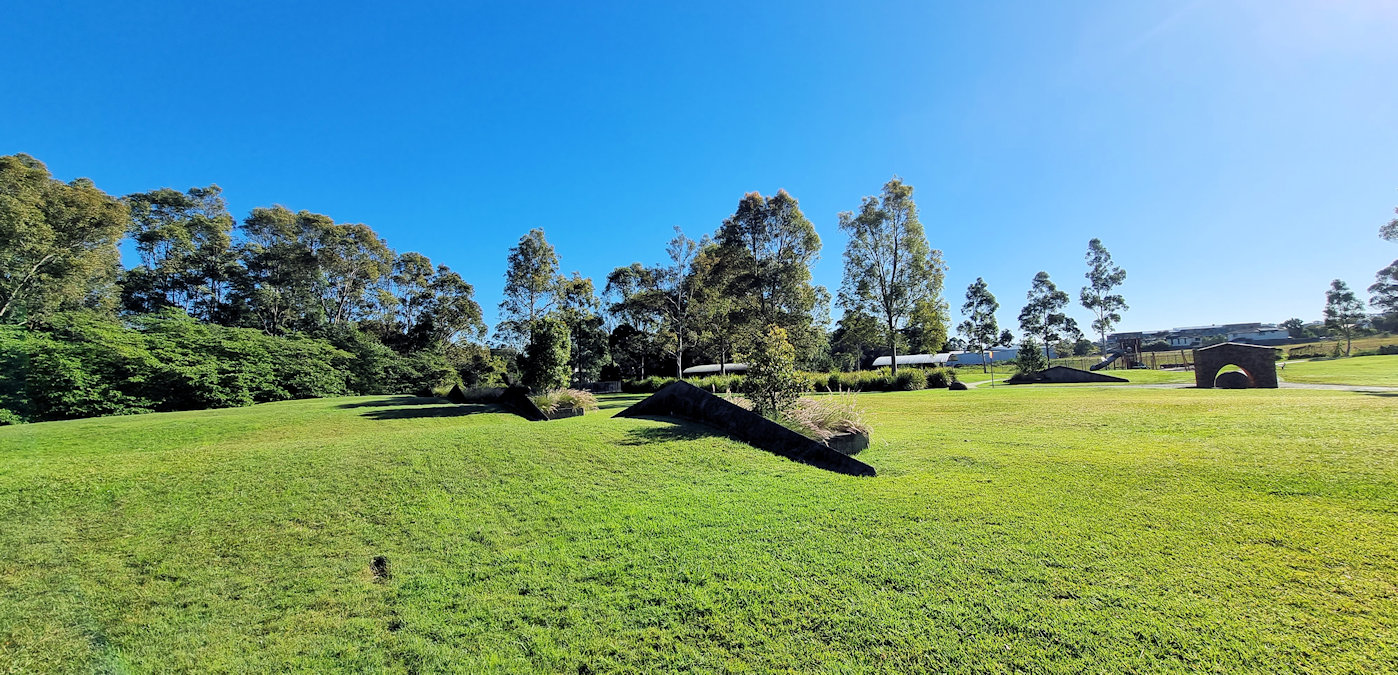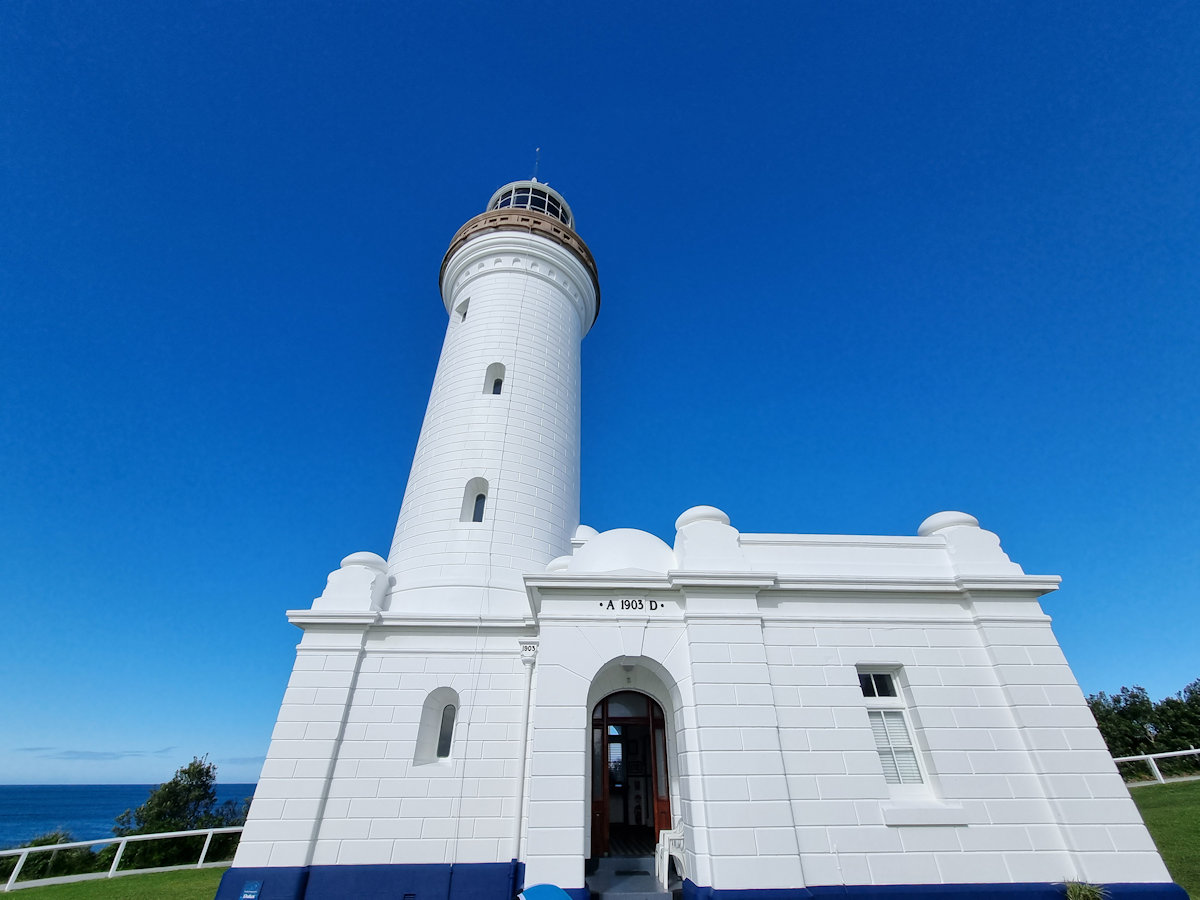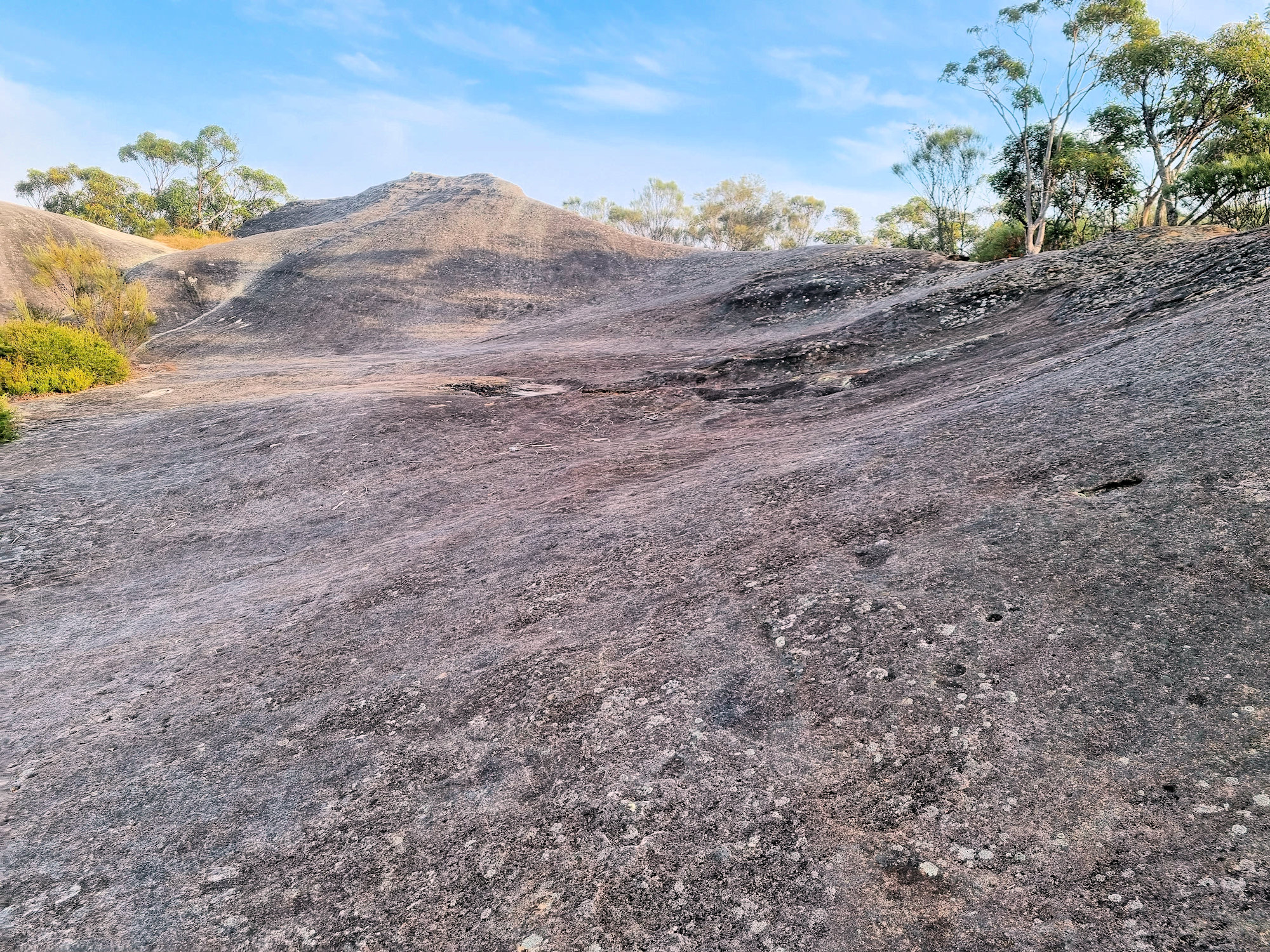Tag: travel
-
Wallsend Brickworks Park

Wallsend Brickworks Park Wallsend Brickworks Park is a public park in Wallsend, Newcastle Australia, located at the site of a historic brickmaking operation which ran from 1891 to 1977. Featuring a playground, picnic shelters, barbecues, a pond with birdlife, and remnants of the brickworks’ machinery, it’s a great family destination. The park is also part… Read more
-
Norah Head Lighthouse

Norah Head Lighthouse Located at Norah Head on the Central Coast, New South Wales, Australia, Norah Head Lighthouse is still active after 120 years of operation. Built in 1903 it was the last lighthouse of the James Barnet style constructed. The lighthouse is 27 metres (89 ft) high and has a light characteristic of two… Read more
-
Elephant Rock Central Coast

Elephant Rock Central Coast Located on the New South Wales Central Coast in Brisbane Water National Park, Elephant Rock is less than five-minutes drive from Patonga, 25 minutes from Gosford or 1 Hour 20 minutes from Sydney by car. There are several ways to reach Elephant Rock, depending on how far you want to walk,… Read more